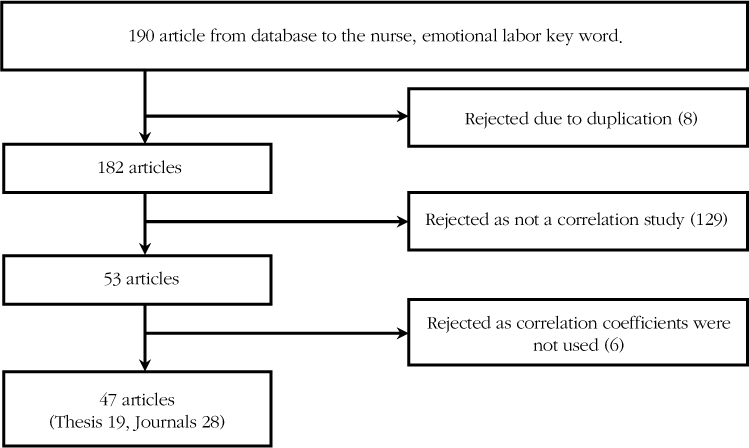1Department of Nursing, Kunsan College of Nursing, Korea.
2Department of Nursing, Ansan University, Korea.
Copyright © 2015 Korean Academy of Nursing Administration
This is an open access article distributed under the terms of the Creative Commons Attribution Non-Commercial License (http://creativecommons.org/licenses/by-nc/3.0/), which permits unrestricted non-commercial use, distribution, and reproduction in any medium, provided the original work is properly cited.



***p<.001.
**p<.05; ***p<.001.
***
**

